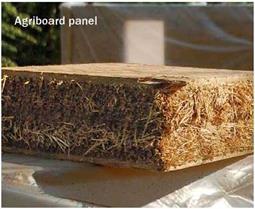Tighten Up and Insulate the House
As I mentioned in section 2, passive cooling involves being able to control the airflow and heat moving through a house. This means stopping unwanted air infiltration by creating a tight building envelope. You can tighten up the house with good insulation, caulking all penetrations and sealing around windows and doors. Weatherstripping exterior doors and installing double-paned, argon-filled windows with low-e coatings can help as well. Put a tight-fitting damper in the chimney and a properly insulated cover over any attic access. Making your home’s envelope tight enables you to let air
|
|
in and out when you choose and to close up the house when you want.
If you can, use more insulation than local codes require, and add the sealing package that many insulators offer. Spray-foam insulation provides a high R-value in a small amount of space and can double as an air seal. That’s particularly important here in the Southeast, where moisture in the air can lead to mold, poor indoor-air quality, and even structural damage.
If you’re building a new house, look into building systems that offer insulation values that are at least double what standard stick – built structures offer. In addition to precast concrete panels and AAC (aerated autoclaved concrete) block, you might consider agriboard panels. Made of compressed wheat straw sandwiched between oriented strand board (OSB), these 8-in.-thick panels offer an R-value of 25.4 versus the R-13 or R-15 of a standard 2×4 fiberglass-filled wall.







Leave a reply